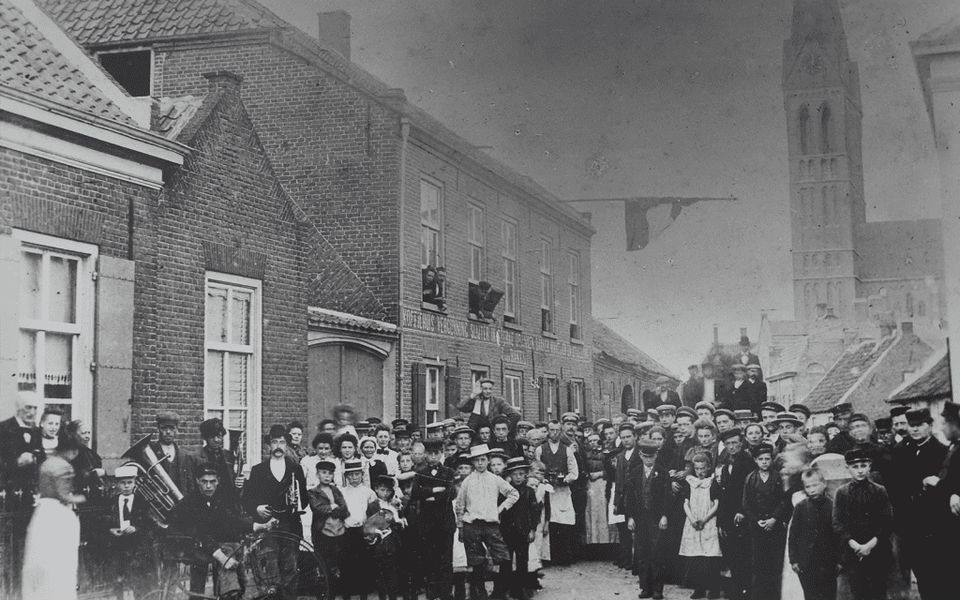Korte Kerkstraat
The Lord of Geldrop built a fortified house not far from the Grote and Kleine Heuvel, which made it more important. He had a church built in the 13th century and a mill around 1400. By building roads from the Grote Heuvel to the Kleine Heuvel (Langstraat) and from the two hamlets to the church (Kerkstraat and Korte Kerkstraat), among other things, a centre was created that resembled a small town.
Sint-Brigidakerk
In the 14th century, a village church was built in Geldrop on the site of the current Sint-Brigida church. At the end of the 19th century, they wanted to demolish the church, while retaining the tower. However, it was so badly damaged after a storm in 1887 that it was also demolished.

1910 - The poor houses become work houses
The manufacturers of Geldrop had enough money to build their own houses. However, there were not enough houses for textile workers. In 1905, the Meierijsche Courant appealed to the "more affluent" in Geldrop to build workers' houses. Between 1900 and 1915, almost the entire Korte Kerkstraat was rebuilt. The building "De Kroon" was demolished.
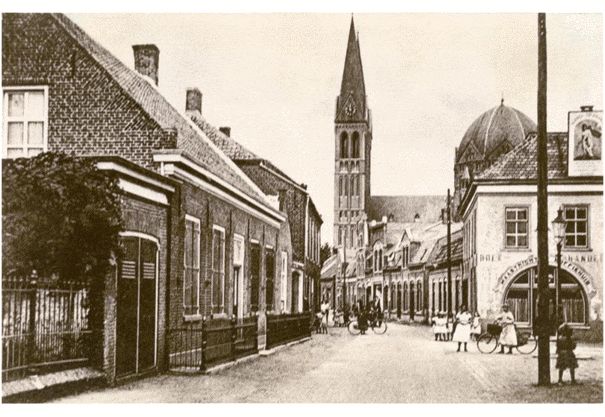
1966 - Korte Kerkstraat Rebuilt
In 1966, the west wall of the Korte Kerkstraat was demolished and replaced by a large business complex with nine shops.
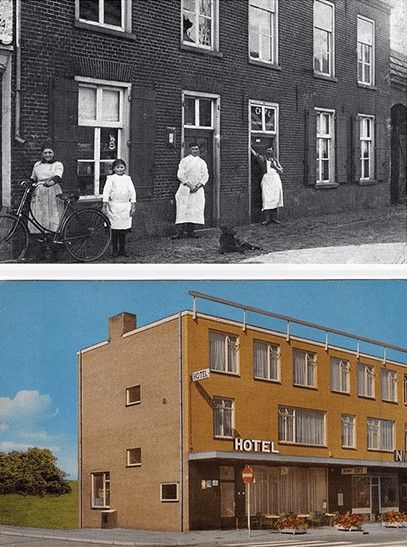
Geldrop’s Oldest House was an Inn
Geldrop's oldest house was the 16th-century inn called "De Kroon". This inn was on the corner of the Heggestraat and the Korte Kerkstraat. The building was demolished at the beginning of the 20th century and now houses restaurant "De Zwaan”.
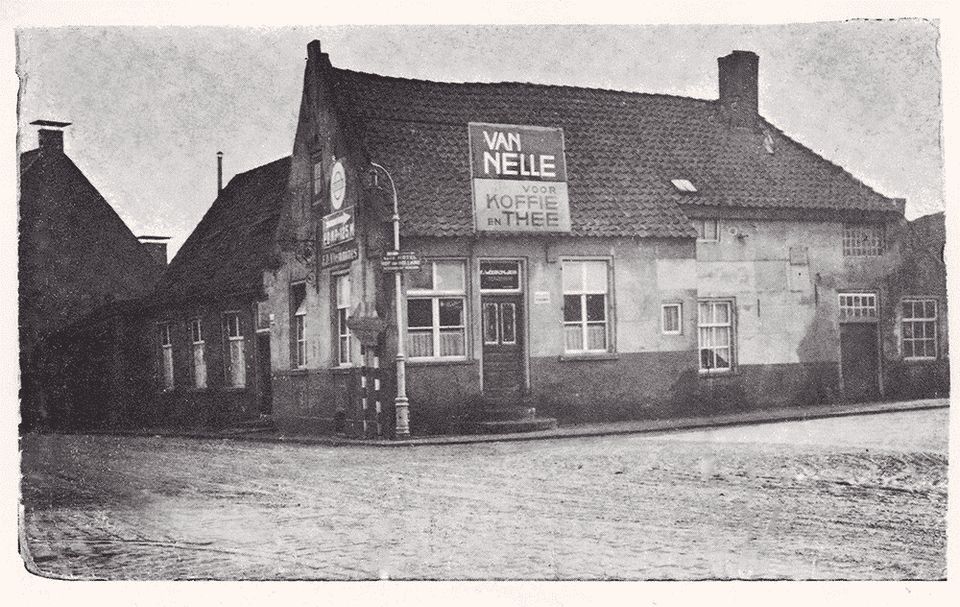
1896 - Prosperity is woven, thread by thread
Textile manufacturer Vincent van den Heuvel founded a savings and advance bank on June 14 1896, among others with mayor Ter Borgh. This later became the first Boerenleenbank, located in a school in the Korte Kerkstraat. After a merger with the Raiffessenbank, it became the Rabobank, which moved into a building on the corner of the Korte Kerkstraat in 1974.
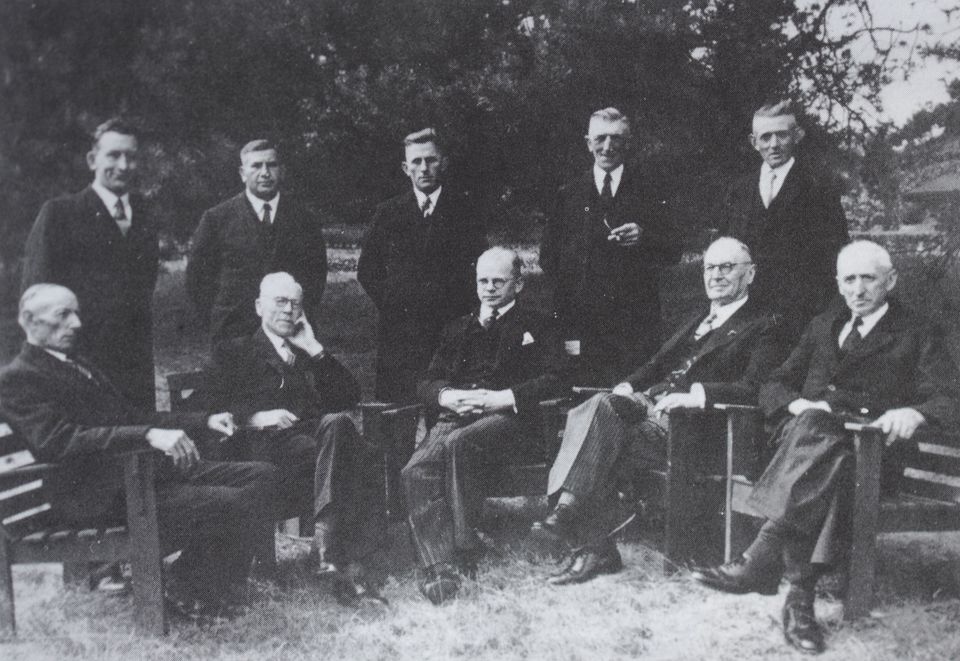
Prosperity is woven, thread by thread
In 1979, the local Rabobank, formerly known as the farmers' loan bank, achieved a balance sheet total of 100 million guilders, which is why Ruud Ringers was commissioned to create a sculpture. It is a weaver in an old hand weaving mill; textiles played an important role in the economy of Geldrop-Mierlo.

Tramwegmaatschappij Eindhoven-Geldrop
The textile industry benefited from good transport. Manufacturers needed drivers to transport their sheets to annual fairs, such as truck driver Andreas Brekelmans. It was only after the construction of the National Gravel Roads (1857) that passenger transport also started. In 1888, the horse tram was built from Eindhoven to Geldrop. This happened under the name Tramwegmaatschappij Eindhoven-Geldrop. The horse tram disappeared in 1906.

1906 - The steam tram and a deadly accident
In 1898, Vincent van den Heuvel was allowed to build a faster tram connection from Geldrop to Helmond. This tram ran for the first time on January 10, 1906. Unfortunately, this quickly led to a fatal accident. Martinus van Leeuwen stepped out of the tram too early and died. A waiting room for travellers was also created on the Heuvel. Vincent van den Heuvel left here. On May 15, 1935 the steam tram made its last journey.

-
The Past Woven with the Present - Kerkstraat
Back then, the Heuvel towards the Korte Kerkstraat was still called the Kerkstraat. The year of the photo is unknown, estimated around 1950.
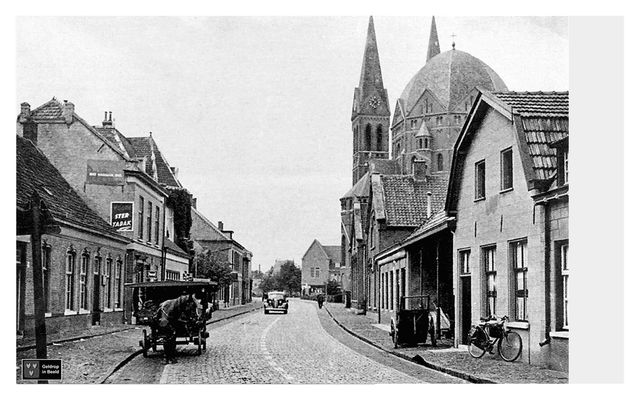
-
The Past Woven with the Present - Heuvel
Only the buildings where Red Fox, Bruna and Shoeby are located remain standing. The redevelopment of this part of Geldrop centre will start shortly.
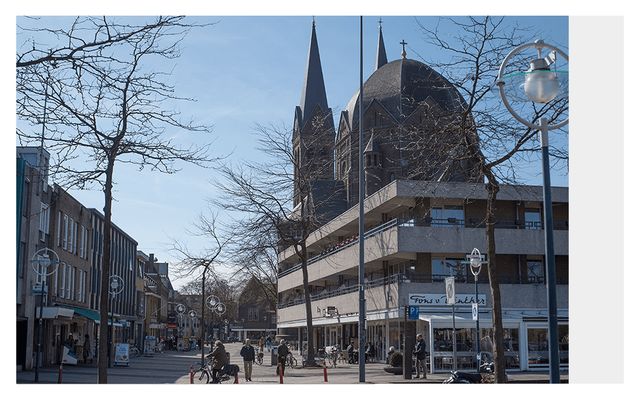
-
The Past Woven with the Present - Korte Kerkstraat
In the old photo, you can see the Korte Kerkstraat in the period 1950-1960. From left to right V. Goppel furniture and carpets, Th. van Hout photographer, Rijnders jeweller, Albert Heijn grocer, across the street De Gruyter grocer, Bata shoes and Hendrikx photographer.
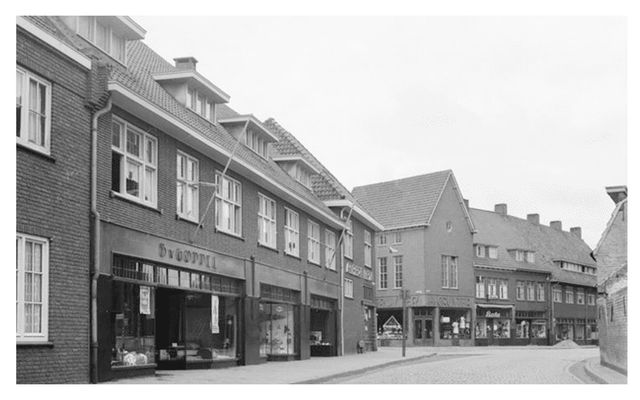
-
The Past Woven with the Present - Korte Kerkstraat
Much has changed since then. Only the row of buildings opposite the St. Brigida Church remains in its entirety.


